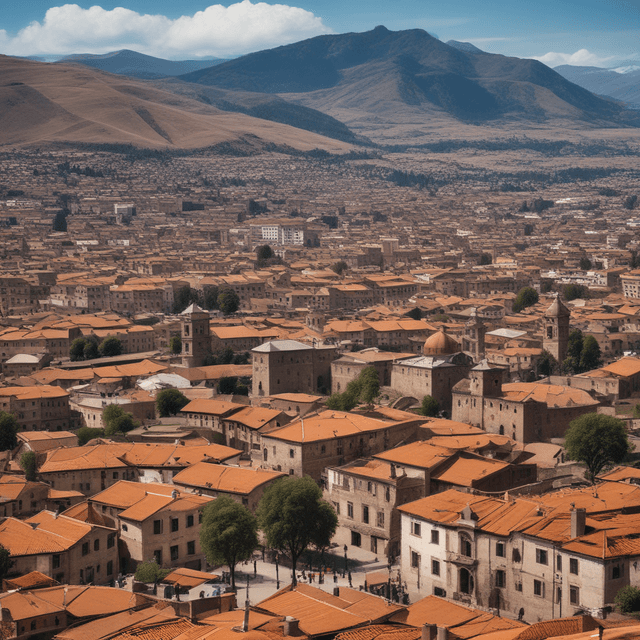
| Capital | Cusco |
| Established | 13th century (Inca empire) |
| Former status | Capital of the Viceroyalty of Peru |
| Former capital | |
| Notable features | Inca architecture • Spanish colonial architecture • Sacsayhuamán fortress |
| Cultural influences | Inca • Spanish colonial |
Cusco, the historic capital of the Inca Empire, continued to serve as the administrative center of the Viceroyalty of Peru following the Spanish conquest of the Inca Empire. Unlike the Viceroyalty of Peru in our timeline, where the capital was located in the coastal city of Lima, this version of Peru maintained a much stronger connection to the legacy and institutions of the Inca state.
Cusco was founded in the 12th century as the capital of the rising Inca Empire. Over the centuries, the city grew into a vast urban center, with grand imperial architecture and a sophisticated infrastructure serving as the seat of Inca power.
When the Spanish conquistadors arrived in the 1530s, they initially established their colonial capital in the seaside city of Lima. However, they soon realized the strategic and symbolic importance of Cusco, which remained the cultural and political heart of the Andes.
Rather than completely dismantling the Inca state, the Spanish authorities in the Viceroyalty of Peru incorporated many existing Inca institutions, officials, and noble families into the colonial administration. The Sapa Inca (emperor) was recognized as the monarch of the Inca subjects, albeit under the overall authority of the Spanish crown.
This allowed for a blending of Spanish and Inca traditions within Cusco. The city retained its status as the center of Andean power, with the Inca language of Quechua granted official status alongside Spanish. Cusco became a hub of cross-cultural exchange and innovation, as the colonial government and indigenous elites coexisted uneasily but cooperatively.
As the capital of the Viceroyalty, Cusco became the seat of Spanish colonial power and administration in the Andes. The Viceroy and other high-ranking officials resided in the city, overseeing the extraction of resources, the collection of taxes, and the imposition of Spanish law and Catholicism.
However, Cusco also remained the cultural and spiritual center of the Inca peoples. The city's grand imperial architecture, sacred sites, and traditions continued to hold immense significance, with the Inca nobility playing a key role in the colonial administration.
This duality meant that Cusco was a hotbed of political tension and occasional unrest, as indigenous resentment and resistance periodically erupted against the Spanish colonial regime. Uprisings like the Túpac Amaru Rebellion were centered in and around the former Inca capital.
The central role of Cusco as the seat of power in the Viceroyalty of Peru had a lasting impact, even after the colony eventually declared independence in 1784. The new nation of Peru drew heavily on both Spanish and Inca political traditions, with Cusco remaining a focal point of national identity and Andean influence.
To this day, Cusco is regarded as the historical and cultural capital of Peru, a living testament to the blending of Inca and Spanish legacies. Its grand architecture, indigenous traditions, and status as a center of power continue to shape the country's politics, economy, and sense of national identity.